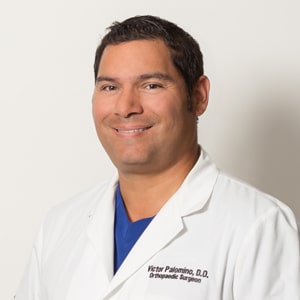
Shoulder dislocations are common. According to Dr. Victor Palomino, Doctor of Orthopaedic Surgery at The Orthopaedic Center, roughly half of all dislocation visits to the emergency room are shoulder dislocations. Because you can twist and move your upper arm in almost any direction, it is one of the weakest joints in the human body.
Causes of Shoulder Dislocations
Many things can cause a dislocation. Falling on the shoulder, being hit in the shoulder, trying to break a fall with your hand or a sharp twisting of the arm can all cause the painful injury. Rough sports, like football or hockey, also cause quite a few shoulder dislocations. And once injured, Dr. Palomino says teenagers playing these sports have more than a 90 percent chance of re-injuring the same shoulder.
If you dislocate your shoulder, you’ll most likely know it immediately. Pain caused by a dislocation is immediate and severe. It starts in your upper arm and makes the arm hard to move. Your shoulder may look deformed on either the back or front of the joint, depending on which way the bone shifted.
What to Do
If you believe your shoulder is dislocated, the first thing to do is have a doctor put the shoulder back into place. This relieves much of the pain, but other injuries might have taken place. Possible injuries include fractures, tendon or ligament tears, and nerve damage. An orthopaedic surgeon, like Dr. Palomino, can be diagnose these. Schedule an appoint as soon as possible.
Recovery from a Shoulder Dislocation
Time spent recovering from a dislocated shoulder depends on the age of the patient, the cause of the injury and any associated injuries. A torn rotator cuff is one of the most common associated injuries. This is particularly true for those age 60 and older, says Dr. Palomino. He adds: “Though recovery methods and times vary depending on associated injuries, most patients recover in four to six months. Usually, a patient will need to put their arm in a sling for four months followed by a rehab program. Surgery to repair damaged tissues are generally done arthroscopically. The surgery takes about 45 minutes and is an outpatient surgery. Patients who suffer little damage to the restraining tissue can choose non-surgical treatments. These treatments focus on shoulder strengthening and stabilization exercises.”
Whatever the cause and amount of damage, it is important to strengthen and stretch your shoulder after this injury. This can help protect you from future dislocations. It is important to take your time and heal before taking up strenuous activities.

